Jane Seymour: The Unfinished Portrait of a Tudor Queen
There’s nothing as intriguing as an unfinished painting. That’s what I found out during my recent conversation with Charlotte Bolland from the National Portrait Gallery. For starters what happened to the painter? Why was it never finished? As it turns out, there is a dramatic possibility that might explain that mystery. However, in addition, an unfinished painting can tell us a great deal about the techniques used at the time. In this blog, which accompanies this month’s Tudor Travel Show podcast, we hear all about the recent acquisition of an unfinished portrait of Jane Seymour, uncrowned Queen of England, third wife of King Henry of England and mother of Edward VI, and uncover just what this fascinating portrait can tell us. It’s an eye-opener!

NB: This a loose transcript of the conversation recording for October’s Tudor Travel Show about Jane Seymour. You can listen to the entire show here.
Acquiring Jane Seymour!
Sarah: Charlotte, welcome to The Tudor Travel Show!
Charlotte: Thank you very much.
Sarah: It’s a pleasure to have you here. I’m really excited to talk to you today because I, and many of my listeners, saw that there was a very interesting Tudor painting, which was acquired recently by the National Portrait Gallery. I thought how wonderful it would be to talk to you about that painting which, of course, is of Jane Seymour.
Charlotte: Yes. Portrait acquisitions in the sixteenth century, which is the area of the National Portrait Gallery collection that I am responsible for, are somewhat few and far between. So, it was a very exciting moment when the opportunity arose for us to acquire a portrait of Jane Seymour. It was a painting that we were very keen to acquire.
Sarah: I bet you did! But before we get into that, it might be appropriate for you to introduce yourself to everyone. It would be particularly interesting to hear more about what you do and what your job entails.
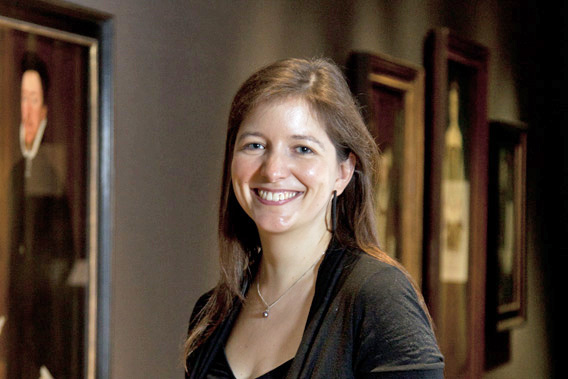
Charlotte: Well, I am Senior Curator with responsibility for research and the sixteenth-century collections at the National Portrait Gallery. So, as a sixteenth-century curator, I look after the acquisition of works for the collection and research those which come into our ownership.
Then also I’m responsible for the displays in London (the NPG) in Rooms one – three, and for those paintings on display in Montecute House, Somerset, with whom we have a partnership. We have a number of Tudor and Jacobean portraits on display there. A further responsibility of mine is to do general research into sixteenth-century portraiture more broadly. So, we have lots of exciting partnerships with other collections to try and learn more about what I think is an incredibly interesting and relatively unstudied area of British art.
Sarah: How interesting! Well, I’m sure a lot of people are very envious of just how fascinating your job sounds. The chance to get up close and personal with these amazing works of art! So, let’s talk a little bit about the painting. As I mentioned, the subject is Jane Seymour. Maybe you could start by describing it for us.

Charlotte: Well, it’s a three-quarter portrait of a woman facing to the left. She’s got this very elaborate green and gold curtain behind her that is swept up into a knot in the top right-hand corner; she’s got her hands clasped in front of her quite demurely and she is looking off into the distance. She doesn’t engage directly with the viewer. She’s wearing a very beautiful red velvet dress and an English gable hood that’s folded up in the style that was fashionable in the 1530s.
It does have some quite unusual qualities when you first see it because there are areas that seem not to have been finished. So, her jewels, instead of being sparkling and detailed, are just these rust coloured blobs of paint. This is very interesting. Also, where you would expect there to be a very rich pattern to her sleeves, perhaps of cloth of silver, it is just a very plain sort of off-white colour. So it’s clear from first impressions of the painting that it’s someone of great status, a lavish commission, but that it has an unusual element to it. It does not appear to be finished.
Sarah: She’s quite unmistakably Jane Seymour. I think we’ve all seen other portraits of her. I don’t think the question of the sitter was in any ever in any doubt, was it?
Charlotte: That’s the wonderful thing about Jane Seymour. We have two very famous portraits of her, executed by the German artist Hans Holbein, the Younger. These survive as a portrait drawing in the Royal Collection, as well as a painting of Jane Seymour that’s in the Kunsthistorisches Museum in Vienna. And these are two of the most iconic sixteenth-century portraits produced in England. We were able to ascertain very quickly that this portrait is on exactly the same scale as the Vienna portrait. This makes this portrait very recognizable as Jane Seymour.

Sarah: I’m always interested in the provenance of paintings and how they survive over time. We’ve lost so many paintings from this period, yet some of them survive. What do we know of the provenance of this painting and how did the Gallery acquire it?
Charlotte: Well, we were able to purchase the painting at auction. In a way that is very common to lots of surviving sixteenth-century portraits, we don’t have a full provenance for the work. The Holbein drawings at the Royal Collection are a wonderful anomaly because you can actually trace them through the Royal provenance. Whereas for most of the works that we have in the National Portrait Gallery collection, there’s a sort of grey area in the seventeenth, eighteenth and nineteenth centuries. This is the case with this portrait.
It had belonged to the parents of the owners who sold it at auction. They had it hung in their house. There are bits of information that you would look for on the back of the painting, and in this case, there is a clue as to where it was earlier in its life. The label suggests that it was in a collection in St James’, London, in the late nineteenth-century, but that’s as far back as we’ve been able to go. We always keep looking though!
Sarah: Oh, I bet! I think it’s fascinating, I really do. So when you bought the painting, did you know it was from the sixteenth century or was there a question about the date it was painted?
Charlotte: We were lucky that we were able to be fairly secure in dating the core element of the portrait because the auctioneers had commissioned dendro-chronological analysis of the wooden panel before the sale. This identified that the tree was felled in the 1530s. So we knew that it was therefore plausibly an early sixteenth-century object, which made it of great interest to us.
A number of Holbein portraits from the court of Henry VIII latterly became of interest to people, both on account of the artist and the sitter. So, lots of copies were commissioned later in the sixteenth and earlier in the seventeenth-century. So, for example, our portrait of Thomas Cromwell is from that later period, rather than being from the mid-sixteenth-century.
We were very interested to see that the dendrochronology showed that it was dated from the 1530s. The one area that we had many questions about was the curtain in the background because it was covered by a very thick varnish that was ‘alligated’. This means that the portrait had acquired this very lumpy, scaly finish. Because the Vienna portrait has a pale, blue background on which Jane Seymour casts a shadow to create a sense of three-dimensional space, we knew this curtain was something different from that. This portrait was not a direct replica.

We wondered if it might have been something that was added to the painting in the seventeenth or eighteenth-century because it was obscured by all this varnish. That was the one area that we knew we wanted to research further.
Sarah: Does that take us into the restoration process and what you did next?
Charlotte: Yes, absolutely. The first thing was to document the painting using a range of techniques. For example, we often use infra-red reflectography, which reveals the under-drawing beneath the surface. In this case, some of the under- drawing can still be seen on the surface, as the paint layers have become more translucent.
Unfortunately, X-ray radiography, which shows how paint layers have been built up in the painting, wasn’t possible and didn’t reveal any results. This is because the back of the panel is covered with a layer of red lead paint. The lead meant that you’d only ever see a white sheet on your X-ray. So, it obscured any additional information.
Then there is also photography in UV light and photomicroscopy. We have a wonderful microscope table at the Portrait Gallery that allows us to take detailed images to understand how the surface is working. The key question that we wanted to ask first was concerning the thick varnish that was obscuring the background. What was it made from – and might it be possible to safely remove it?

My colleague conservator, Laura Hind, who worked on treating the painting, found that the varnish was actually much easier to remove than we had feared. So, the painting was able to be very safely treated in a way that uncovered this beautiful curtain in the background. We found the curtain was modelled in an under-layer of grey, green was added on top along with this very cleverly thought-out golden pattern; so an incredibly expensive bit of material rendered in a very skilful manner.
Also, we found that the pattern extended all the way behind her, whereas before restoration, it seemed to disappear into the darkness. Also, we found this wonderful rich lustrous red of her dress and, again, this very ornate, thought-out geometric pattern on her sleeves, which came to life in a very exciting way.

Sarah: The colours are lush!
Charlotte: Yes, it is a really beautiful composition.
Sarah: Now, you mentioned before that bits of the painting is unfinished. Firstly, why do you think that is? Secondly, when you have a painting that is partially unfinished, can it tell you something that a fully finished painting can’t?
Charlotte: Yes, absolutely. The reason that we feel that it’s unfinished is because of the areas that seem very simplified. There is a sense that areas of the portrait have been very over-cleaned in the past and that has perhaps the painting has lost some of its information. So, all the areas that would be gold – in her headdress, in her necklace and in the large jewel at her bodice have this very rough finish, very simplified. What we think is that these areas were awaiting the moment when the artist would have put on a layer of gilding to then paint the finishing touches over the top. This gives us a sequence in which the painting was built up.
The other area that’s of great interest is her sleeves and the forepart of her dress. In the Vienna portrait, we can see this very elaborate, beautiful cloth of silver. That was made by having an under-layer of silver that you then paint over the top of.

What we were able to reveal was that the sleeve on the left retained the original pattern on this very luxurious textile and that there were faint traces of silver underneath these bits of drawing. And so what that suggests is that the silver was put on the sleeve, the pattern was applied, and then at some point, because the silver leaf is very vulnerable, that’s been lost. Only tiny bits that were trapped under the drawing have survived. But whether it was particularly vulnerable because it had never reached its final, complete layer, we are not sure … but it did help us to understand the sleeves.
What’s particularly intriguing about this painting is that you are afforded a glimpse of the pragmatic stages the painter went through to build up the portrait. An artist has clearly spent a lot of time on the background and this wonderful gilded pattern, and then perhaps was just about to move on to the next stage of doing the forepart and the headdress. But the flesh tones had already been done, so that phase was complete. Whoever it was, was just working on these final details.
Sarah: So I’m just dying to know what happened to this poor guy?
Charlotte: Well, yes, that is the tantalizing thing. Because we don’t know the provenance, we don’t know who the original patron for this portrait was. We can only guess at the possibilities. However, there are a number of intriguing ones on the table. One of which is that perhaps Jane’s sudden death restricted demand for her portraiture, but that seems less likely because we know that her brother, Edward Seymour, commissioned a portrait of her, and paid Holbein for it, after her death. After all, she was still the future King’s mother and very much a figure to be commemorated.
Sarah: Was that the Vienna portrait by Holbein that you were talking about earlier, or a different one?
Charlotte: A different one. We don’t know which one Edward Seymour commissioned. That hasn’t been established. However, it could have been commissioned by another member of the Seymour family, (whose ancestral home was the now legendary Wolfhall, in Wiltshire). Perhaps they wanted to champion their position at court through their connection to Jane, particularly during Edward Vl’s reign.
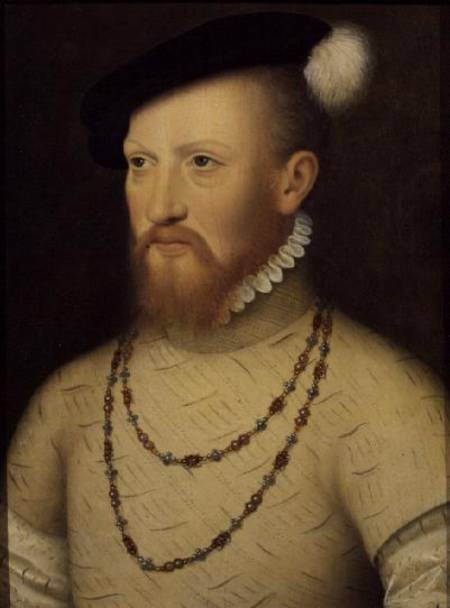
It could have been the downfall of the Seymour family during Edward’s reign that the artist realized their patron was never going to pay their bills. So, therefore, he stops. And then the third option, which is perhaps the most dramatic, is that Holbein’s own death, according to the documentary record, seems to have been very sudden and possibly from the plague. If there is one thing that’s going to close down an artist’s studio and cause everybody to desert whatever they were doing, it’s the plague!
Sarah: Absolutely!
Charlotte: That is the thing, there is something very suggestive about this portrait. It has been so beautifully finished in so many ways. It was clearly a very, very high-status commission because of the effort that has gone into the additional, compositional elements. It’s around 95% complete. Then someone has just walked away.
Sarah: Do you feel that there is a Holbein signature to this portrait? Obviously, it’s very similar in appearance to the Vienna portrait. Can you tell by certain elements of the way that the painting has been constructed that it could well have been from his workshop?

Charlotte: I think the closest we can get to is to say that it might be from Holbein’s studio environment, because of the skill with which it’s been executed. The number of portrait painters working in England on this date was small. It was a very restricted pool. The fact that it is so closely related to the Vienna painting in terms of its proportions, suggests that they had access to a source image that they could then create this painting from.
There are a number of surviving portraits that seemed to come from this studio around Holbein, and most relevant as a comparison to this portrait is the full length of Henry VIII in the Walker Art Gallery in Liverpool, which had very similar under-drawing. These are, again, associated with Holbein’s studio. There are some incredibly skilful elements. It really does seem to be part of that group of works the derive from elite-level, royal patronage.
Sarah: Well that is fascinating. You have taken is on a deep dive into the painting. So, all that remains is for us to all to come and see it!
Charlotte: Absolutely! It is on display in Room 1 at the National Portrait Gallery. It’s really wonderful because we are able to display it next to one of the great treasures of our collection, which is the Whitehall Cartoon. This is a Hans Holbein preparatory drawing of Henry VIII, which was made for the Whitehall mural, destroyed in the late seventeenth-century. This, huge image of Henry VIII was always intended to be compositionally paired with an image of Jane Seymour. It was a celebration of the dynasty, depicting Henry VII and Henry VIII, Elizabeth of York and Jane Seymour. So, to be able to place Jane Seymour in dialogue with the Whitehall Cartoon is a really exciting moment.
Sarah: Well, that’s fantastic. Thank you so much for taking the time to talk to us about that painting today. We are most grateful.
Charlotte: Thank you so much for the invitation.

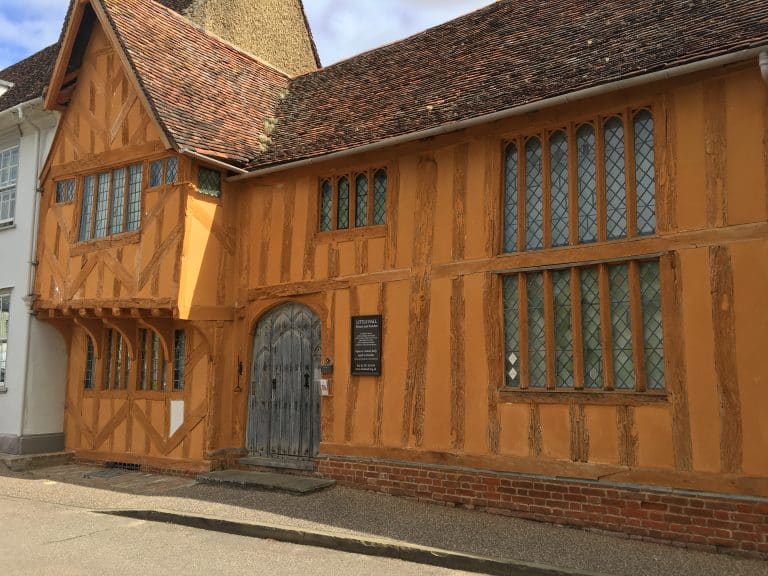
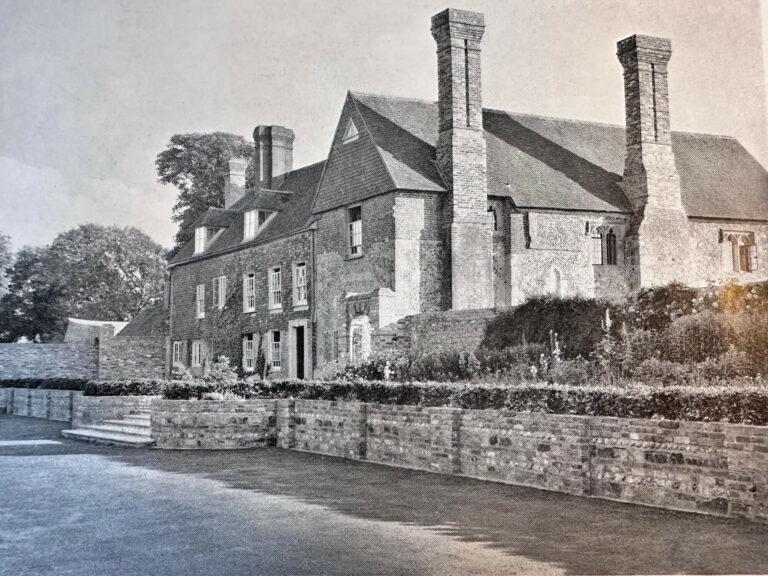
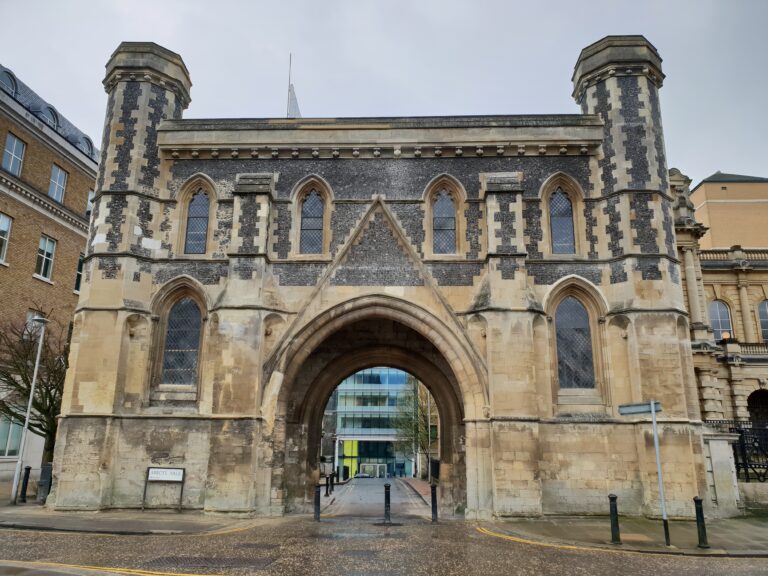
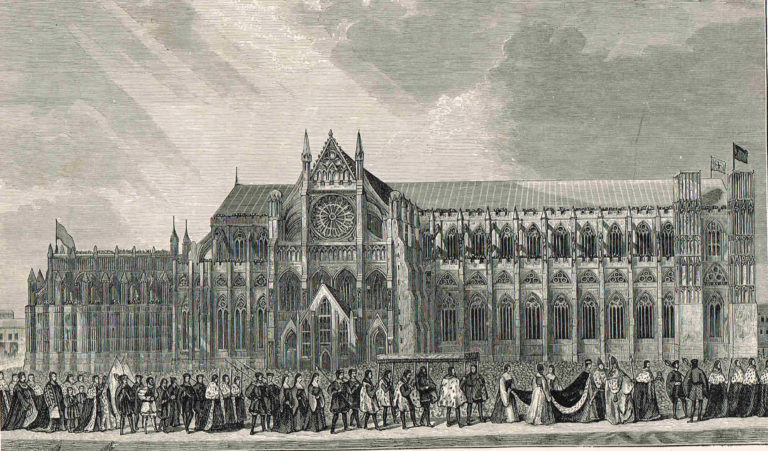
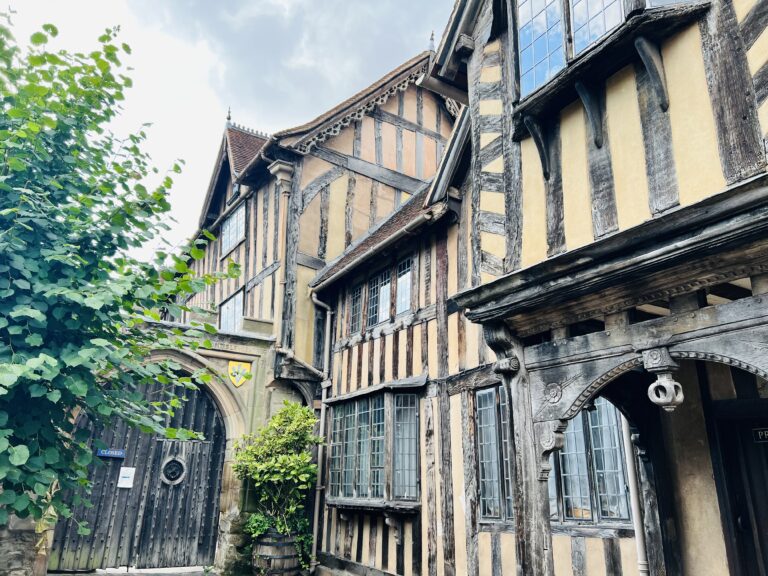
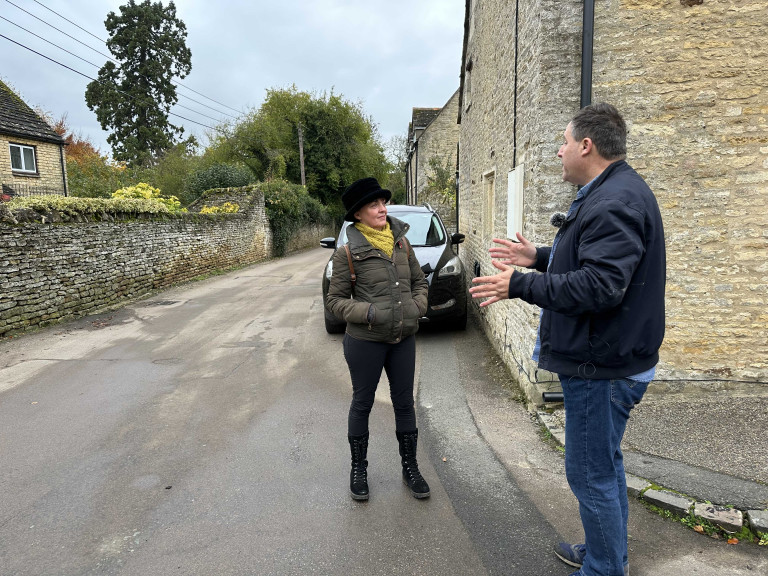
This article is hard to read. It is very long but in regards to the painting of Jane Seymour being unfinished. It may have been unfinished but it was a very beautiful piece of work. i loved it. I think it shows Jane at her best. She must have been a very nice person.
The jewel looks like it may have been a falcon. Maybe Jane’s face was painted over Anne Boleyn? And the Holbein portrait might be the same? Wouldn’t sumptuary laws have made the clothes on Holbein’s Jane Seymour inappropriate after 1533?
Good Afternoon Charlotte I was wondering how do one know if they have a original or a copy of a painting. Because I have a painting of Jane seymour that said on the back of it JANE SEYMOUR QUEEN OF HENRY VIII,FROM THE ORIGINAL IN THE KUNSTHISTORISCHES MUSEUM VIENNA,so what do I look for JAMES
Good afternoon Charlotte,
I hope the unrestored portrait will be part of the Six Wives of Henry Vlll exhibition coming to the National Portrait Gallery on 24 June 2024?
Jane’s face on this portrait and the one in the Kunsthistoriches Museum show a determined young woman with a piercing gaze who is tight lipped or she cleverly hiding her fear of being married to one who knows how to do away with unwanted wives! She would need to have nerves of steel and guard her tongue. There is intelligence in that face. A face which is the opposite of Eustache Chapuys dismissive description of Jane. Anne Stallybrass, the actress who portrayed Jane Seymour in the 1970s tv series with Keith Mitchell as Henry Vlll comes closest to the face in these portraits. B, the pendant on the unrestored portrait may be a phoenix or ‘ IHS’ such as the one in the portrait in the Vienna Museum. I don’t believe the restorer has found evidence that this portrait was painted on a canvas which bore the portrait of Anne Boleyn. I would like to know what Jane was like. I believe Catalina is correct in her assumption, Jane was kind to Henry’s children Mary, Elizabeth and Edward.